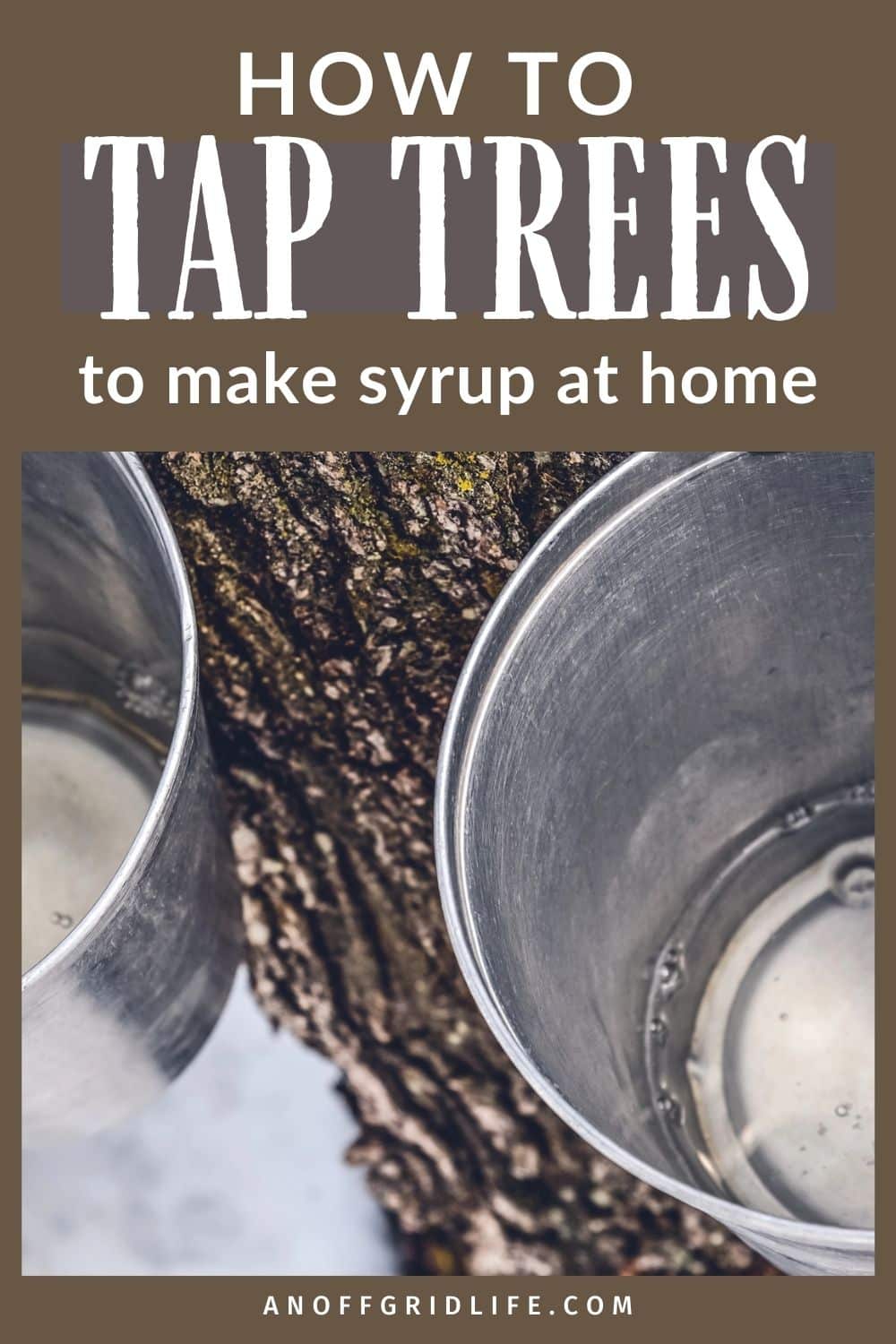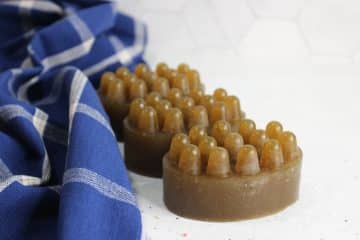Have you always wanted to learn to tap maple trees to make your own maple syrup? Then you’re in luck because maple syrup season is almost here.
The 2025 maple syrup season is on the horizon, so now’s the time to learn how to collect and produce this popular syrup. All you need are some basic facts and equipment. You don’t even need to leave your yard to start producing natural maple syrup that’s perfect to top pancakes with and bake into your favorite desserts.
Shifting maple syrup season
Maple sap flows during freeze-thaw cycles, periods of time when the temperature drops below the water’s freezing point and then rises enough for the frozen water to thaw. These cycles typically occur over a 6- to 8-week period. According to the National Institute of Food and Agriculture, the optimal time for tapping trees occurs when these cycles are most frequent. If these conditions occur earlier in winter, tapping starts sooner.
As NIFA reports, the 2023 maple syrup season began weeks earlier than expected, continuing a trend that has emerged over the past several years. This goes hand-in-hand with a renewed interest in learning how to tap maple trees for syrup. In 2021, for example, the New York Times reported that tapping backyard trees surged as a hobby among families during the pandemic.
In Canada, after last year’s surprisingly early maple syrup season, this year’s maple syrup producers in Ontario and Quebec hope for a more regular season based on the 2024-2025 temperatures.
The rise of backyard tree-tapping
A weekend outing to a local maple syrup festival is nothing new for families across North America. However, the allure of producing maple syrup at home increased during the pandemic.
According to the Times article, backyard maple syrup Facebook group memberships grew. At the same time, home maple syrup tapping kits flew off the shelves. More people stayed close to home, interested in saving money and looking for screen-free outdoor family activities.
Why tap maple trees
In a post-quarantine world, making backyard maple syrup offers a fun DIY alternative to visiting a crowded maple syrup farm. It appeals to people interested in honing their homesteading and self-reliance skills.
Fun and simple
The hands-on process of collecting sap to boil into syrup requires time outdoors, attention to detail, and patience. Learning how to tap and make maple syrup offers an educational experience for people of all ages, deepening their connection with nature and understanding of where their food comes from. It's a great forest schooling activity to add to your weekend or homeschool day.
Healthy natural sweetener
Maple syrup is healthier than regular sugar and rich in antioxidants like zinc and manganese. It also makes a delicious natural sweetener for people interested in moving away from 0-calorie sweeteners.
If you have a sweet tooth, your own syrup supply means you can experiment more freely with the unique flavor in maple syrup dinner and dessert recipes. And if you still have a couple of cans of pumpkins leftover from the holiday season, try this delicious pumpkin pecan cheesecake sweetened with maple syrup for a unique Canadian dessert recipe.
Know before you tap for sap
When tapping, remember to choose healthy, mature maple trees. If you’re keen to try tapping your own backyard trees this maple syrup season, keep these tips in mind.
1. Know which variety of maple trees grow in your yard. Some varieties, like sugar maples, yield thicker, sweeter syrup due to their high sugar content.
2. Gather your equipment and supplies beforehand, as these may sell out quickly in your area.
3. Watch the weather. Tap the trees when nights are cold and days are warmer.
4. Depending on the sap’s sugar content, which varies by maple tree variety, you’ll need about 43 gallons of sap to produce one gallon of syrup.
4. Hang buckets to collect the sap for boiling down.
5. After boiling, filter the syrup and store it in a cool, dry place.
What you need to tap trees
In addition to suitable trees, you'll need some equipment to tap in your backyard. Here are some of the items you should consider.
1. Drill and drill bits for drilling holes in the trees.
2. Spiles or taps to insert into the drilled holes.
3. Buckets or sap bags.
4. Lids or covers to protect sap from debris and rain.
5. Large pot or evaporator for boiling sap.
6. Thermometer for temperature monitoring during boiling.
7. Filters to strain impurities.
8. Storage containers for the finished product.
Kathie Lapcevic, a longtime backyard tree tapper and owner of simple living site Homespun Seasonal Living, advises holding off on investing in fancy or expensive equipment until you know it's something you want to do. “There are all kinds of spiles and tubes on the market,” she says. “Look on eBay or other sites for a deal.”
To save even more money, upcycle what you have. Lapcevic has been tapping her trees for syrup for 15 years and says to get creative with containers.
“Use any container for the collection — it doesn't have to be the expensive or professional metal sap buckets of old,” she advises. “Our first year, we punched holes in plastic vinegar bottles that were well cleaned and hung those from the metal spiles for collection. It wasn't pretty, but it was effective.”
Not all maple trees are created equal
While many producers choose to tap sugar maples for syrup, other maple varieties across the northeastern and upper midwest states also produce good sap for syrup. As the Pennsylvania Department of Conservation and Natural Resources notes, boxelder, silver maple and black maple also produce good sap.
Tap your birch trees for syrup too
Other trees, including the sycamore, black walnut, English walnut, white walnut, and some birch trees, including the paper birch, can be tapped for sap and syrup production, according to the PDCNR. The sap from these trees varies in flavor and sugar content, offering a unique alternative to traditional maple syrup.
Make the 2025 maple syrup season memorable by tapping your backyard trees, a simple and low-cost activity. It's a great screen-free way for families to spend time together outdoors while learning a practical skill and creating a natural, healthy addition to your pantry.
Portions of this article originally appeared on Food Drink Life.
Disclaimer: These statements have not been evaluated by Health Canada. The contents of this article, made available via An Off Grid Life are for informational purposes only and do not constitute medical advice. The content presented here is not intended to be a substitute for professional medical advice, diagnosis or treatment. Always seek the advice of a qualified healthcare provider's advice with any questions regarding a medical condition or dietary changes. Reliance on any information provided by this article is solely at your own risk.
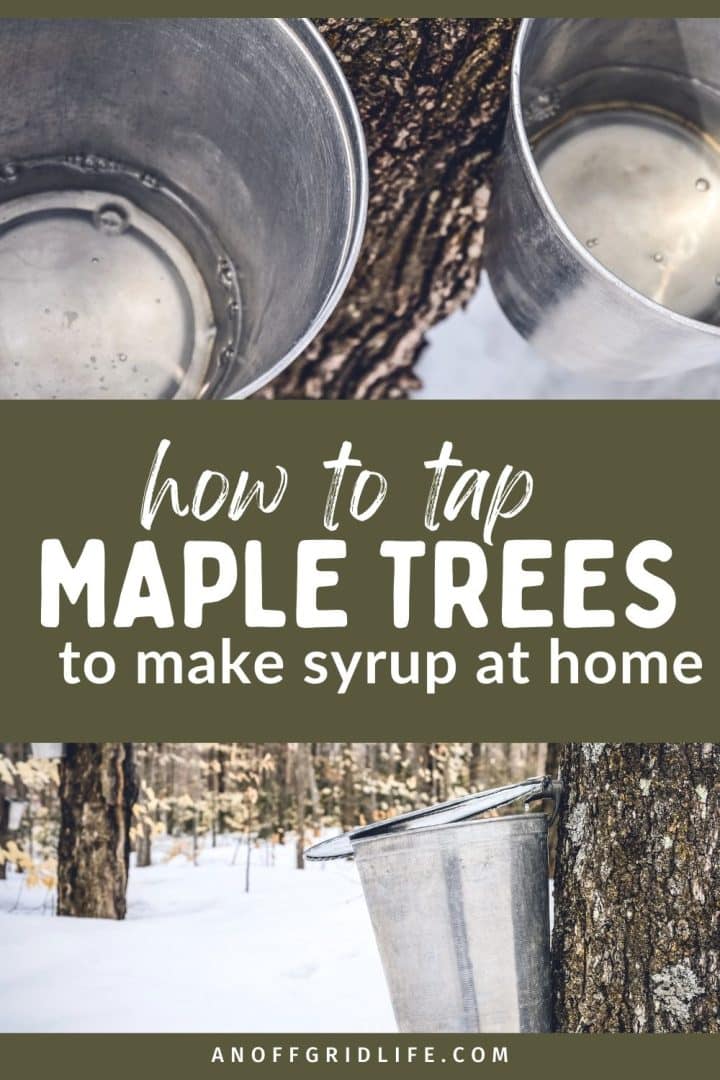
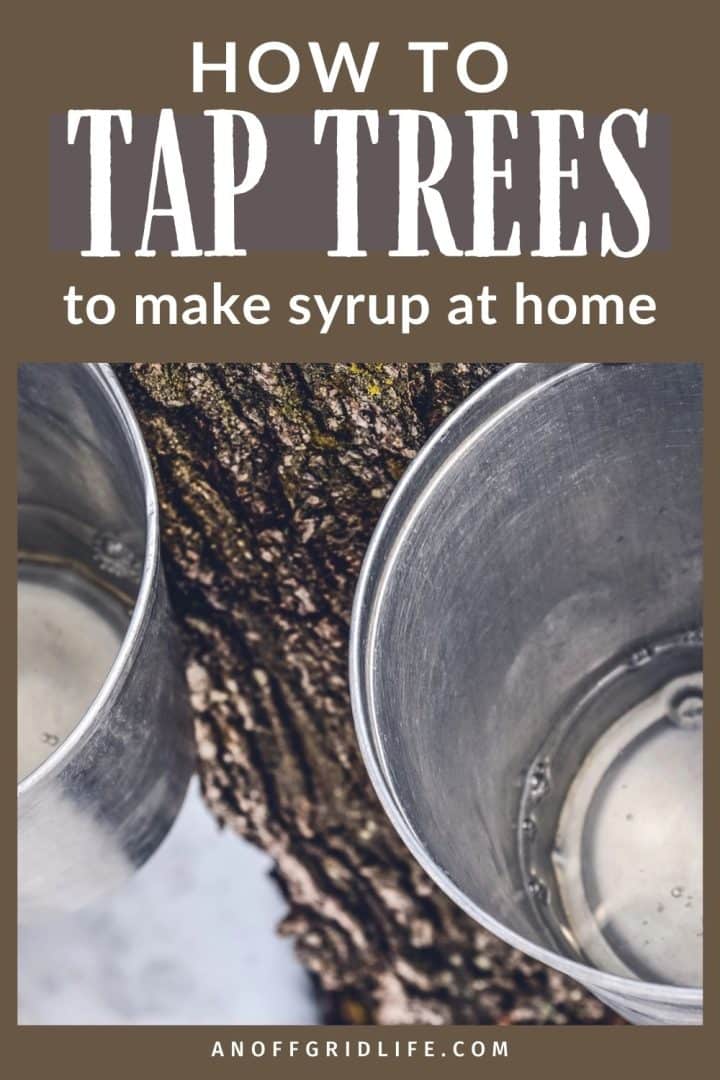
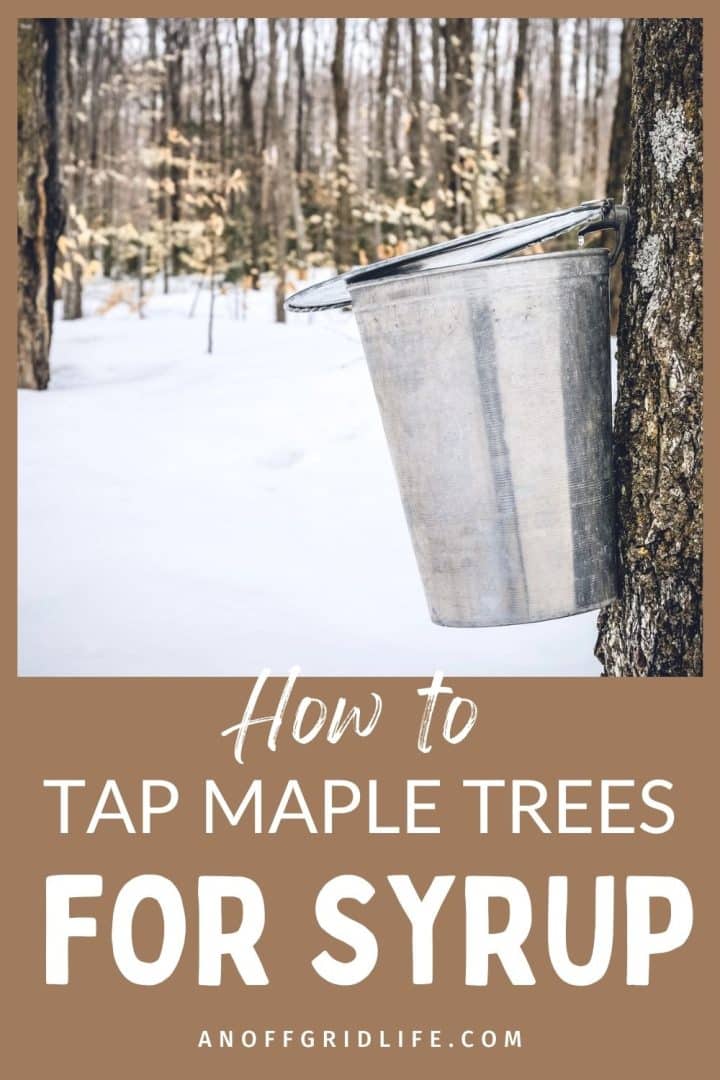

Sarita Harbour is a long-time freelance writer, blogger, and homesteader who has been creating online content for over 15 years. She’s the founder of An Off Grid Life, where she shares practical advice on self-reliance, homesteading, off-grid living, and homeschooling based on her 11-year adventure living in Canada’s remote Northwest Territories.

